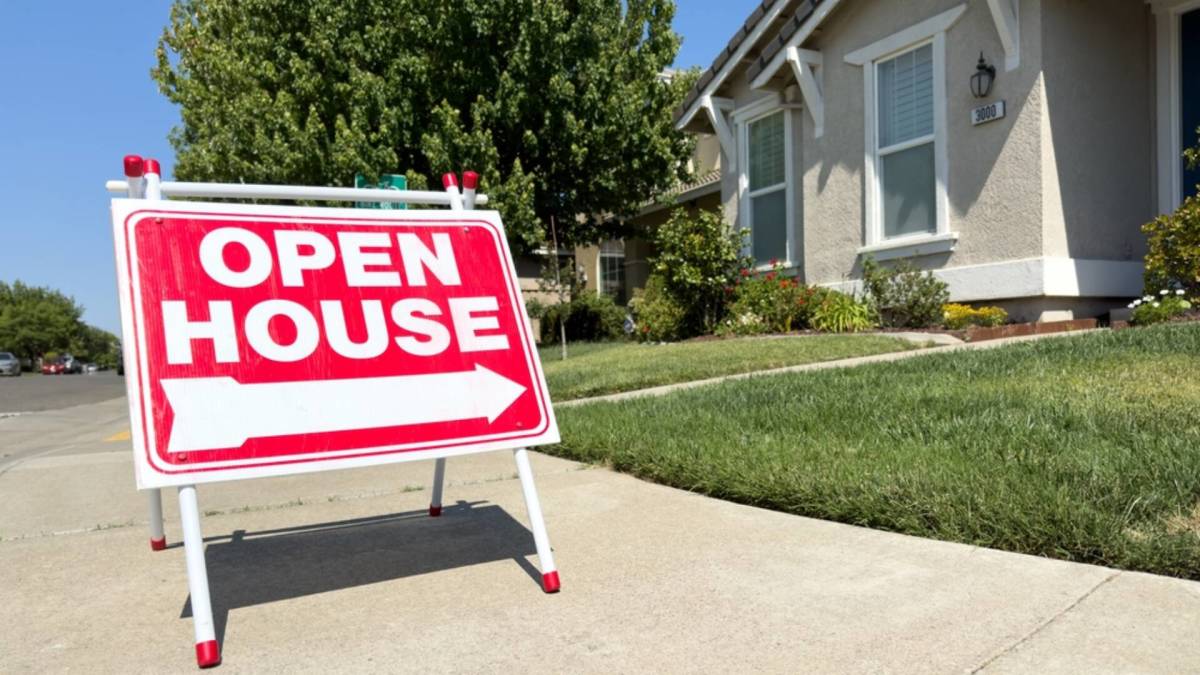The vibe has clearly shifted in the housing market, where open houses now feel less like auctions and more like awkward coffee dates.
Agents seem to be juggling only a handful of offers, talking through rate buydowns and closing credits.
On the flip side, mortgage rates have slid toward 6.3%, which is far from a party, but a lot easier to stomach than 7%+. Builders are blinking awake, with completions hitting the market, in what feels like a slow thaw.
However, the old frictions linger.
Inventory’s thin, price cuts have been selective, and millions aren’t looking to trade away their pandemic-era rates. That effectively keeps the field narrow as buyers with cash or deep equity are still setting the comp sheet.
That’s exactly why the new Redfin snapshot lands with a thud. Though the recovery story seems real, so is the capital divide.
For those wondering who moves first as rates ease out, this report is pointing to the same crowd that never really left.

Shutterstock
Affluent buyers keep their edge as cash still rules housing
As it turns out, the U.S. housing market hasn’t changed much beneath the surface, as it’s still tilted toward the well-capitalized.
According to a new Redfin report by journalist Ally Forsell, roughly 29% of home purchases in August were all-cash deals, barely budging from a year ago. The number peaked near 35% in late 2023, when mortgage rates were in the high-7% range.
More Real Estate:
- Berkshire Hathaway reveals housing market changes, trends
- Women denied mortgages at higher rate than men
- Fannie Mae predicts major mortgage rate change coming soon
Now, even with rates around 6.3%, cash is still king.
Affluent buyers are still the ones driving the market, picking up homes or putting down massive sums to effectively shrink loan-related costs.
Related: Bank of America quietly echoes Warren Buffett’s favorite strategy
The usual down payment just hit a record $70,000, an increase of 6% year-over-year, equaling roughly 19% of the purchase price, the highest it has been since 2013. Putting things in perspective, down payments are effectively rising three times as quicker than home prices, which were up just 2%.
Wealthy buyers have been leaning in.
A big chunk of them are rolling over stock from prior homes, or selling off investments to front-load their payments. “I just closed on an $800,000 home with a 50% down payment,” Redfin Premier agent Andrew Vallejo said from Austin. “That buyer sold some stock and didn’t think twice.”
At the local level, the wealth divide is even clearer.
For instance, 43% of homes in West Palm Beach and 39% in Miami were paid in cash, compared to just 19% in San Jose.
Quick takeaways:
- Cash still dominates: Roughly 29% of U.S. homes were bought with all cash in August, barely changing from last year, despite the lower rates.
- Affluent buyers lead: The median down payment just hit a record $70,000 (19%), rising three times quicker than home prices, showing that the wealth divide is driving demand.
- Access gap widens: In markets such as West Palm Beach (43%) and Miami (39%), cash reigns, showing that liquidity is shaping housing.
Housing market recovery is showing signs of a slow thaw, not a surge
The U.S. housing market finally seems to be catching its breath.
Following a couple of years of what many would deem a rate-driven paralysis, the 30-year fixed has eased out to nearly 6.3%, hovering near 2025 lows.
Related: Why Realtor.com’s Chief Economist says now is time to buy a home
Though that’s still pricey, it’s still meaningfully better than the 7%-plus prints freezing buyers earlier this year. Freddie Mac’s weekly read shows a steady, downward drift through October, which feels like a step toward renewed affordability.
On the supply side, builders are stirring the pot again. The NAHB/Wells Fargo sentiment index increased by five points to 37, its best since April, while “future sales expectations” pushed past the 50 breakeven mark for the first time in months.
Consequently, NAHB’s chief economist weighed in and called the move “a positive signal for 2026,” led by lower borrowing costs and expectations of further Fed easing.
But today’s numbers still seem mostly transitional.
August housing starts have slipped to a 1.31 million pace, with completions hitting 1.61 million, pointing to some potential near-term inventory relief but with a cautious pipeline. Existing-home sales remain flat, with prices at $422,600 (up 2% year-over-year) — tight, but not plummeting.
For these reasons, most experts see the true recovery window forming in late 2025 into 2026. Fannie Mae expects the 30-year to hit 5.9% by late 2026, potentially unlocking move-up sellers and sidelined buyers.
Related: Morgan Stanley lays out shock case for the S&P 500
#Redfin #drops #surprising #housing #market